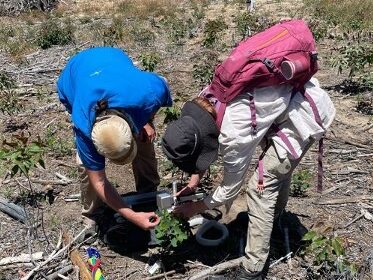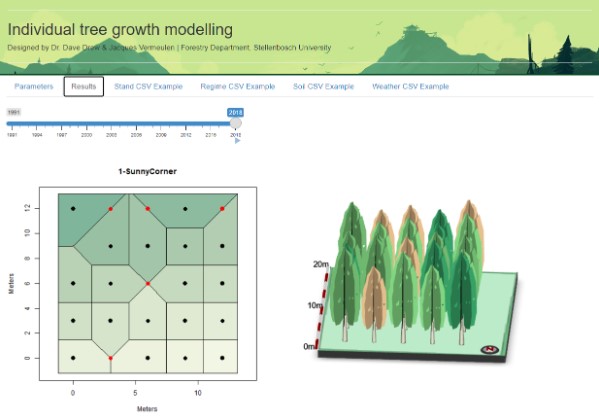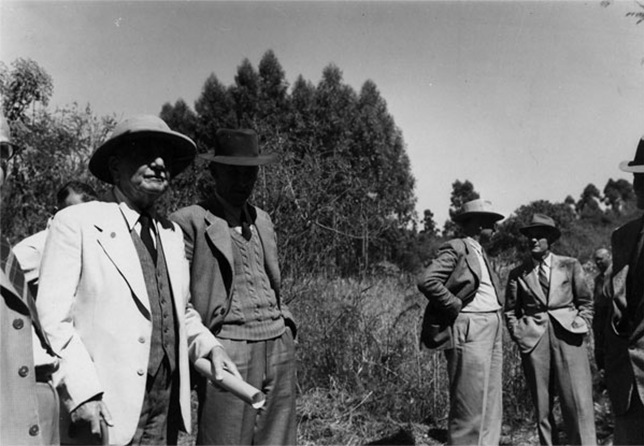Eucalyptus trees are not just iconic symbols of the southern hemisphere, they’re also key players in forestry, carbon sequestration, and climate adaptation. But how do young Eucalyptus trees cope with different environments? That’s the question at the heart of Erin Ramsay’s research, which explores how juvenile Eucalyptus species manage water use, photosynthesis, and structural growth across diverse climates.

Rather than focusing on mature plantations, Erin’s study looks at the juvenile phase , a critical stage where plants establish their root systems and develop their long-term responses to environmental stress. By comparing several Eucalyptus species, her work aims to uncover how subtle differences in water management and leaf traits translate into survival strategies.
Linking Climate, Physiology, and Growth

Using a combination of photosynthetic and structural measurements, Erin examines how species from humid, arid, and subtropical regions adjust their internal processes to match the environments they evolved in. This integrative approach connects climate conditions, plant physiology, and morphological design, offering a clearer picture of what drives Eucalyptus performance across landscapes.
Why This Research Matters
As climate change intensifies drought cycles and alters rainfall patterns, understanding how young trees use water and energy becomes vital for future forestry, carbon storage, and ecosystem management. Erin’s findings contribute to the broader goal of predicting which species are best suited for reforestation and sustainable wood production under shifting environmental pressures.
Looking Ahead
By linking structure to function, Erin’s research provides valuable insight into the adaptive potential of Eucalyptus, one of the world’s most widely cultivated tree groups. Her work not only deepens our understanding of plant resilience but also informs how future forests can be managed to remain productive and climate-resilient.





